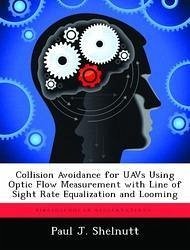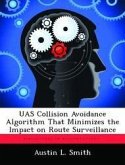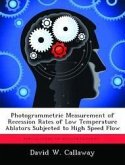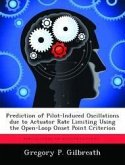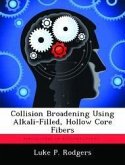A series of simplified scenarios is investigated whereby an optical flow - balancing guidance law is used to avoid obstacles by steering an air vehicle between fixed objects/obstacles. These obstacles are registered as specific points that can be representative of features in a scene. The obstacles appear in the field of view of a single forward looking camera. First a 2-D analysis is presented where the rate of the line of sight from the vehicle to each of the obstacles to be avoided is measured. The analysis proceeds by initially using no field of view(FOV) limitations, then applying FOV restrictions, and adding features or obstacles in the scene. These analyses show that using a guidance law that equalizes the line of sight rates with no FOV limitations, actually results in the vehicle being steered into one of the objects for all initial conditions. The research next develops an obstacle avoidance strategy based on equilibrating the optic flow generated by the obstacles and presents an analysis that leads to a different conclusion in which balancing the optic flows does avoid the obstacles. The paper then describes a set of guidance methods that with real FOV limitations create a favorable result. Finally, the looming of an object in the camera's FOV can be measured and used for synthesizing a collision avoidance guidance law. For the simple 2-D case, looming is quantified as an increase in LOS between two features on a wall in front of the air vehicle. The 2-D guidance law for equalizing the optic flow and looming detection is then extended into the 3-D case. Then a set of 3-D scenarios are further explored using a decoupled two channel approach. In addition, a comparison of two image segmentation techniques that are used to find optic flow vectors is presented.

